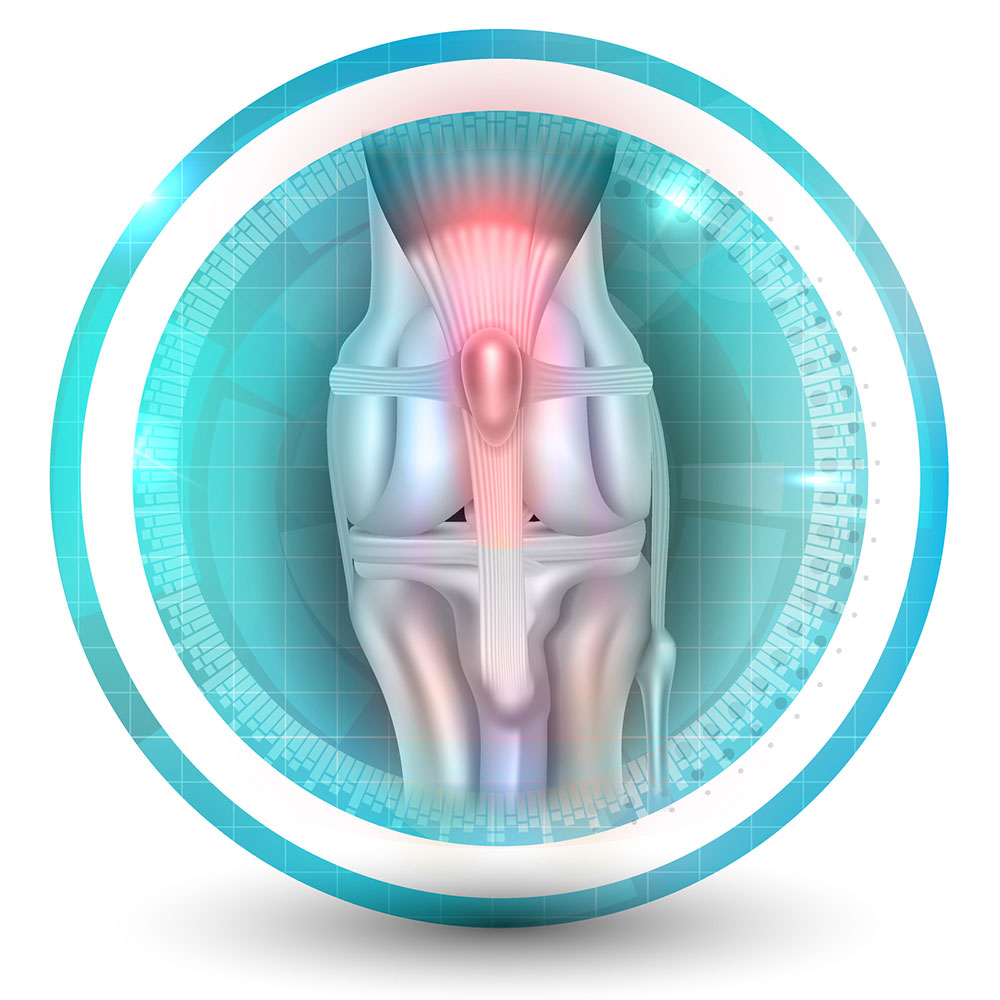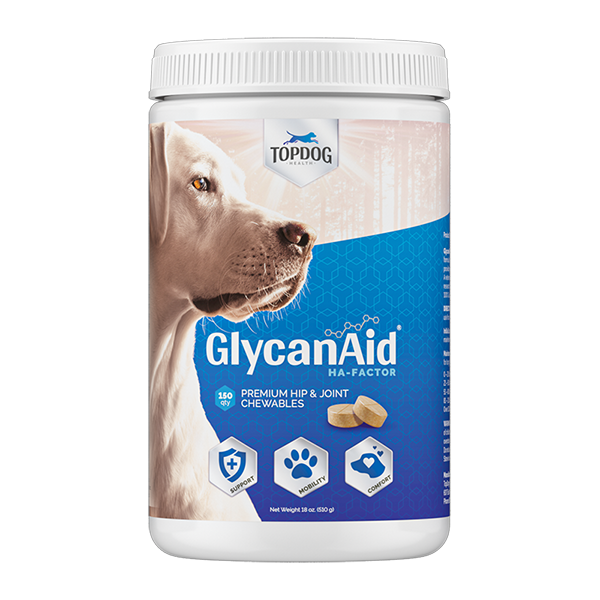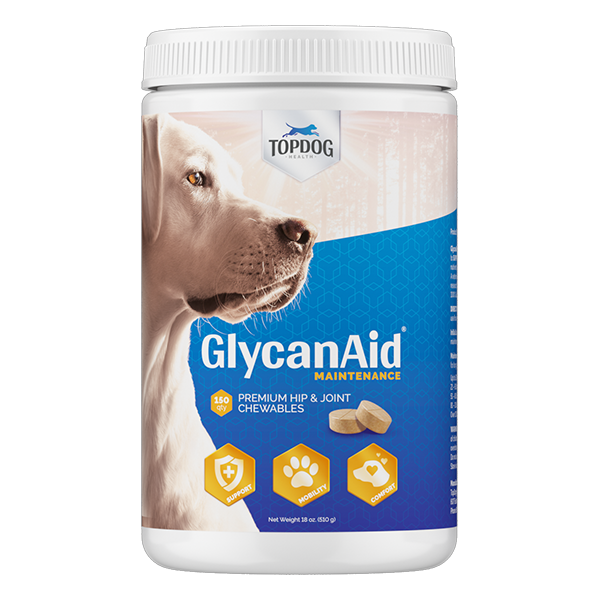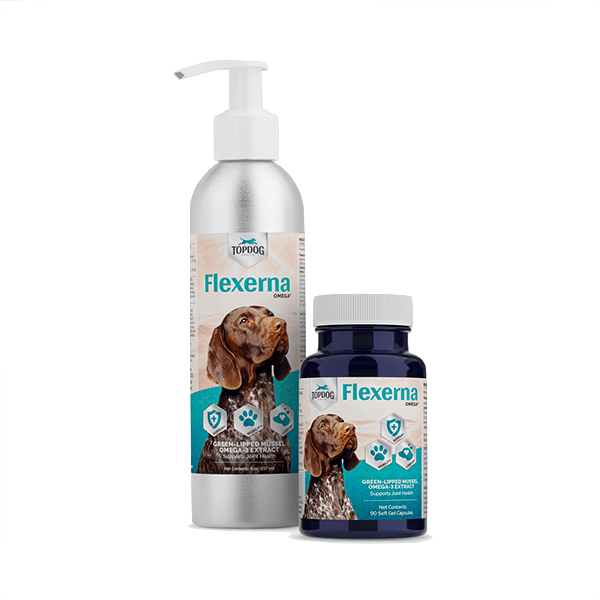Using glucosamine for regular maintenance of a dog’s joints can also help support his overall performance, ensuring his joints stay properly cushioned and in good condition.
These benefits are only possible, however, if you select the right type of glucosamine for dogs. There are three types from which to choose:
- Glucosamine hydrochloride (HCI) is the optimum choice, as this highly concentrated form of glucosamine is a building block of cartilage that prompts the growth of new cartilage cells.
- Glucosamine sulfate could have similar benefits to glucosamine hydrochloride, although there are no studies that show it actually makes it to the joint’s synovial tissue after oral ingestion. If it can’t get to the right location, it would be tough for it to help.
- N-Acetyl Glucosamine is a form of glucosamine derived from glucose that’s more commonly used to help with gastrointestinal conditions.
Glucosamine hydrochloride is the best choice for dogs with joint issues, making it imperative to read the label to confirm the supplement contains the right type.







